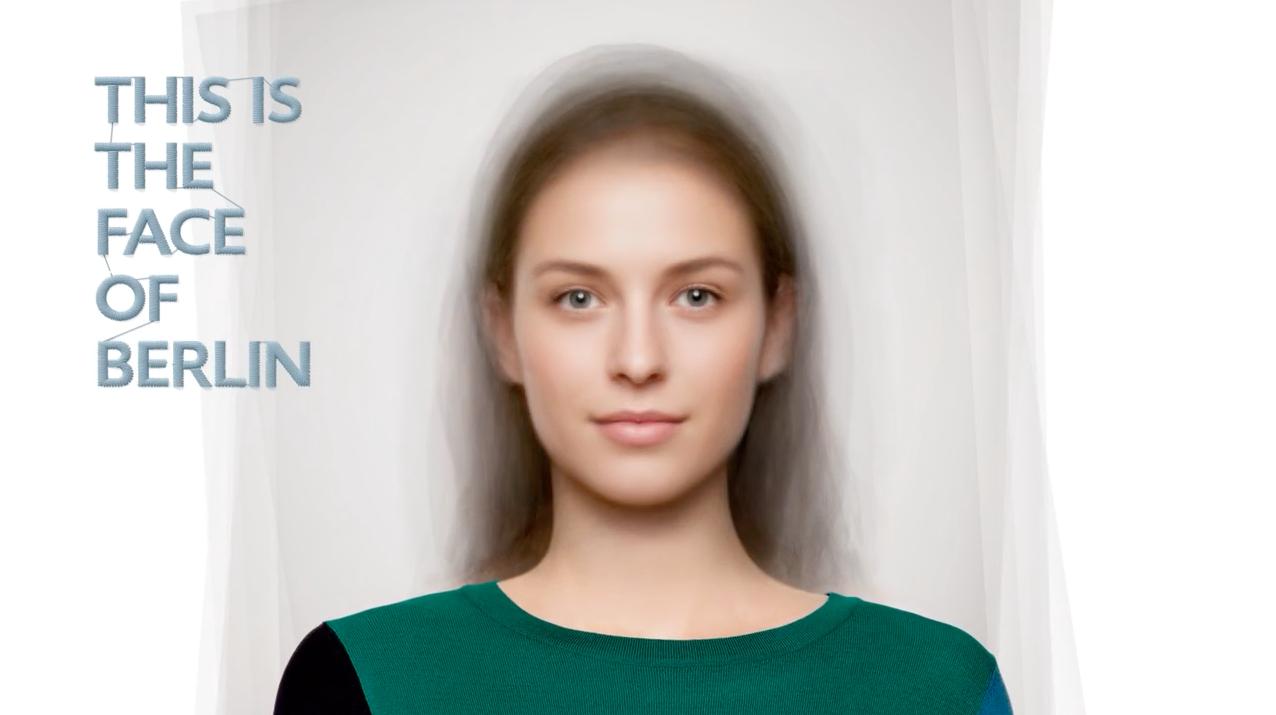
To promote Benetton's Carnival Capsule Collection, dubbed "a celebration of color in all its shades," 180 Amsterdam came up with an idea that gives the company's cause-facing manifesto a modern twist.
The Carnival collection is marketed as a "celebration of color" that unites geometric patterns of different shades in various items of knitwear. And Benetton itself has always used its advertising as a platform for bigger messages that extend beyond fashion. Marrying these two ideas, "Face of the City" features a different model for different global cities.
Except the models don't really exist. Instead, each is an algorithmic average of all the ethnicities in her cosmopolitan melting pot.
London, New York, Tokyo, Paris, Milan and Berlin are represented in the composites, the fruit of statistical demographic analysis from different population sources to reflect the proportion of the city's ethnic groups. The brand then chose physical ambassadors of these communities to feed its algorithmic beast.
The resulting faces feel curiously uniform and familiar, but they express diversity in small but visible nuances. For example, the concentrated presence of Filipinos and Egyptians give the Milanese model qualities that differ dramatically from New York's, where half of the population is black or Latino; in contrast, only 5 percent of Paris' foreign residents come from Africa.
"All together, the six faces are stunning portraits coming from a world in which the melting pot, so revered in thirty years of Benetton's images, has finally become the norm," the brand says. "Surely a software may have helped to reveal it, but there's little space for doubt: That world is finally here, and diversity is even more beautiful than we imagined it to be."






Benetton has an illustrious history of using advertising to promote provocative political messages, which makes the work feel less gimmicky and lends it a certain topical authority. In 2011, it released a campaign featured conflicting politicians kissing, but that was Benetton's version of child's play. In 1991, its infamous "Pieta" showcased a man dying of AIDS. And in 1992, its billboard of a kissing nun and priest raised a furor among Roman Catholics. Some years later, it used its own magazine, COLORS, to run a beautifully photographed story on death row inmates.
Many such works were shot by photographer Oliviero Toscani, who in 2007 stoked fashion's flames with an image of Isabelle Caro, a 25-year-old anorexic French woman, for billboards in Milan, to make a point about fashion's role in encouraging eating disorders. Caro died three years later.
"Face of the City" strikes more of a feel-good note without shedding any of Benetton's politics, which isn't a bad thing: Making people feeling good about a changing world is better than the gloomy alternative. See more of the collection in the ad below, which features actual models who nonetheless bear a conscious—and refreshing—diversity.
Below is the video for the collection itself.